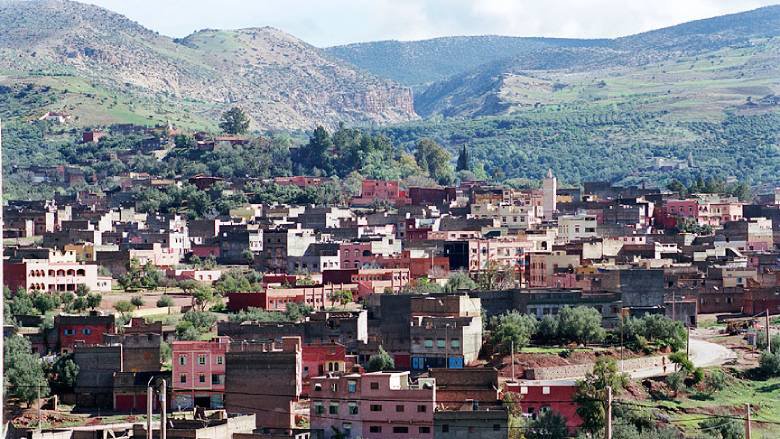By the mere fact of its name, it is easy to overlook the big impact that small towns can have on closing the gap in access to safely managed sanitation. That’s because small towns, which are predicted to absorb a significant proportion of population growth in the coming decades, are uniquely positioned at the nexus of urban and rural dynamics and can thus play a strategic role in bridging the gap between wastewater collection and final treatment.
In all but the most highly developed countries, however, the vast majority of wastewater - 80 percent of the world’s wastewater and over 95 percent in some least developed countries - is released directly into the environment without adequate treatment. The immediate impacts, including detrimental effects on human health, economic productivity, and the quality of freshwater resources, have far-reaching implications on the well-being of communities and peoples’ livelihoods. Poorly managed wastewater also reinforces the effects of climate change, generating up to 9 percent of human-caused global methane emissions. Meanwhile, resource recovery from wastewater facilities in the form of energy, reusable water, biosolids, and other resources, such as nutrients, represents an economic and financial benefit that contributes to the sustainability of water supply and sanitation systems and the water utilities operating them.
Wastewater management is therefore a key part of safely managed sanitation and underpins sustainable growth. But identifying appropriate wastewater treatment and reuse solutions for small towns requires thinking beyond the conventional technologies applied in big cities and requires an understanding of how local constraints on human and financial resources, road connectivity and available inputs, such as chemicals and replacement parts, influence technology choice.
A new World Bank publication, Wastewater Treatment and Reuse: A Guide to Help Small Towns Select Appropriate Options, is designed to assist small towns to identify safely managed sanitation solutions, appropriate for their scale, institutional capacity, financial resources, and overarching needs. Small towns, particularly those in LMICs, are growing rapidly and struggling to meet the increased demands of wastewater collection and treatment. This presents unique challenges for service provision.
The fast growth rates typical of rapidly urbanizing towns require flexible and adaptive solutions that can be incrementally implemented, building off what is already in place, to allow for continued expansion of the population and of the town more broadly. However, their small size and comparative remoteness mean that they lack the potential for economies of scale offered in larger urban centers and typically have fewer highly trained technical professionals. Additionally, they cannot generally take advantage of existing service provision from large cities, such as the main electricity grid or their water supply and sanitation services. Although they are often well connected to major roads or waterways, giving them better access to markets than rural areas, it may take longer to get to these markets and the cost of goods may consequently be higher than in larger urban centers.
However, whereas some characteristics of small towns make service provision more challenging, others are precisely what positions them to be big players in wastewater treatment and reuse. Small towns tend to be closer to rural areas and thus to agricultural fields. This is important for several reasons. First, such small towns often serve as a central location for collecting food before sending it to larger markets, making agriculture key to their economies. Second, these small towns are close to an ideal market for end-use products of wastewater treatment such as treated wastewater for irrigation or biosolids for fertilizer. In addition, combined with collected animal waste, these wastewater end-use products offer increased options for biogas production. More broadly, small towns are often closer to natural resource extraction activities, such as mining—and, like agriculture, the mining sector provides another possible market for end-use materials like treated wastewater.
Given the unique combination of factors typical of small towns, the guide assists in identifying which wastewater treatment solutions are technically feasible. It draws on the principles of the Citywide Inclusive Sanitation (CWIS) approach, which promotes a range of technical solutions—both onsite and sewers, centralized or decentralized—tailored to the dynamics of the world’s burgeoning towns and their large pockets of informality.
The gap between wastewater collection and treatment poses a critical obstacle to reaping the benefits of improved human health, environmental protection, and water security, particularly as wastewater is increasingly recognized as a valuable resource that should be managed effectively. Small towns have the potential to make an outsized contribution to closing the gap, helping to ensure that no one is left behind.

